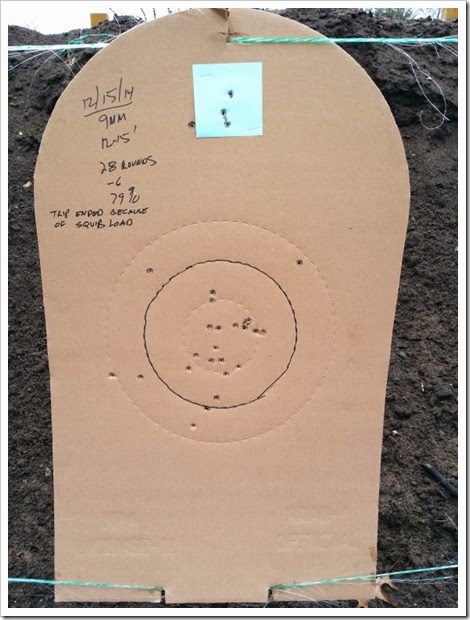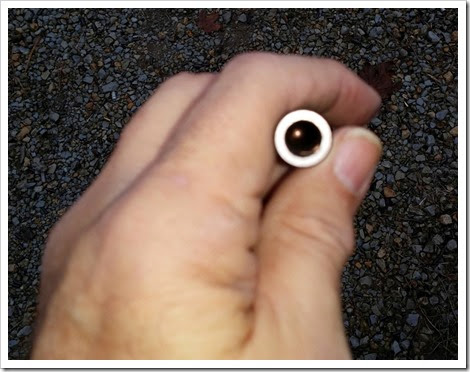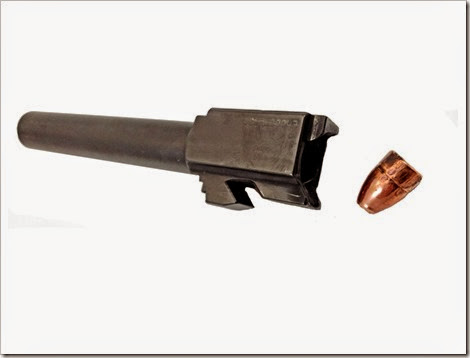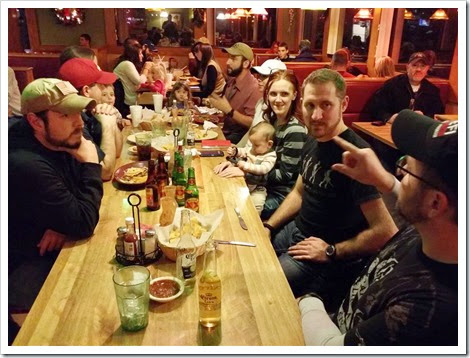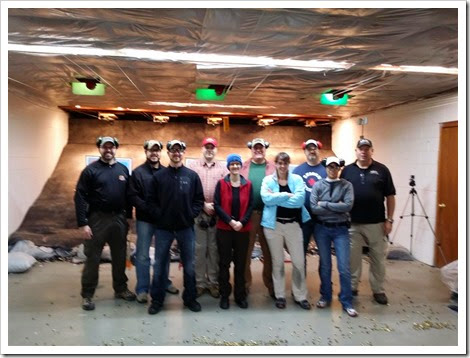As the character Jean-Baptiste Emanuel Zorg said in the movie “The Fifth Element” . . . “I’ve heard this music before.” Those that did not experience of national meltdown of the late 60’s have little idea how bad things can get. I was in Detroit the day the wheels came off in that city. The summer of ’67 was permanently market by the violence and destruction that covered our nation. “I’ve heard this music before”.
Fast forward to 2014. Our nation’s summer ended badly with criminals and thugs and “terrorists” burning through Ferguson, MO – parts of LA and Southern California. Marchs, “die ins”, looting . . . who could ever believe it would get worse.
The usual suspects took to podiums – Sharpton, Jackson, Holder . . . even Obama. They decrying the death of a man who had committed a strong armed robbery and attacked a police officer while wrestling for the officer’s weapon. Once outside the car, rather than submitting to arrest he charged the officer – and paid with his life.
New York saw a man selling “singles” die of a heart attack while resisting arrest. I fully acknowledge that the “crime” verges on insanity – yet the same lawmakers of New York that decry his death are the very same ones who have inflected their ridiculous taxes on cigarettes with the goal “protecting” the smoker from his/her self. When a 300+ pound man resists arrest – after the police are called by local businesses that he is being a nuisance to their operations – they will use whatever force is necessary to subdue the man. Pro tip . . . don’t resist.
These unfortunate deaths lead to more prattling by the elected and appointed officials about the actions of the police force – their heavy handed manner, their implied brutality. From the Mayor to the Governor – officers were thrown under the bus, investigations promised and flames were fanned.
So here we are today, nearly the end of 2014 . . . and it appears to now be open season on the men in blue as well as firefighters. What started with the assassination of two police officers in New York has grown to nationwide “hunt” for our nation’s police officers. Take a walk through this article – this is where we are today . . .
http://www.thegatewaypundit.com/2014/12/open-season-on-police-and-firefighters-since-nyc-executions/
This summary should send a chill through all of us. So what does this mean “us”, our community of defensive handgun users, our students made up of the new and inexperienced shooters?
Things are becoming more “frayed around the edges” of the fabric of our society. It is becoming much easier to simply “take” rather than “earn”. And should you be in the possession of a thing someone else wants – be it an iPhone or a new pair of court shoes – there is a new “permission” to simply take it by whatever means is necessary. How real is this fear? Take a few moments to read this story recently posted by Greg Ellifritz – about a mother’s strength and determination to defend her family and Greg’s kindness – something we should all strive to emulate. I’ll wait right here until you’re done . . . .
She took up arms out of determination and fear for her family . . . we’ve all seen that from time to time in our courses, something to be admired and fostered.
What should our response be?
Support our local police forces. That does NOT mean to not hold them accountable for their actions – but if we don’t have their backs, why on earth should they even make an effort to defend our communities. Are there bad cops – yep, just like there are bad clergy. But the vast majority is fulfilling their personal need to serve their community by putting their lives on the line each and every day. They deserve our support and our thanks.
Carry . . . EVERY FRICKIN’ DAY. The “time” chooses you . . . the predator chooses you . . . very hard to defend yourself if your defensive weapon is locked in the safe.
Be smart . . . YOU know the places in your communities that are “no go” zones . . . don’t go. Period.
Train. That defensive weapon on your body is of little use if you can’t employ it or hit your threat once you’ve drawn it.
Finally, my advice is to have a “cautious tongue”. This caution is on a lot of levels.
In crowds, behavior is “herd” based, not individually motivated. Should you encounter one of these street scenes – die ins, blockages, protests – my first advice is to LEAVE THE AREA. And, right behind that – shut your mouth because you will not just engage the person in front of your face . . . you will “speak” to the herd, to the mob mentality . . . and it will not end well. Add to that the just plain fact that the entire encounter will be caught on multiple cell phones and be posted to every social media site before the last words are fully out of your mouth. Should it end very badly with a body at your feet . . . every word you said will be reviewed, replayed, distorted, exaggerated and you will be well and fully tried before you place a single foot in the courtroom. One more time, with feeling . . .
LEAVE!!!! KEEP YOUR MOUTH SHUT!!!
In my opinion, the same rule of thumb should extend to the comfort of your own home as well. Especially regarding social media. Honestly, I’m enraged by what is going on in our country – on a fairly broad spectrum. Still, that does not, in any way, give me permission to act on that anger, and seldom do I express it publically.
Should you express a desire for raw, physical violence against specific people, specific races, specific occupations . . . and are then drawn into an altercation with any of them – you have left a large physical body of evidence as to your intentions regarding them. In the event that things end very badly, again a body at your feet – rest assured that every syllable you have typed, every dotted “I” and crossed “t” will be presented at your trial. One more time, with feeling . . .
KEEP YOUR MOUTH SHUT!!!
My bottom line advice . . .
Defend your police force – they are a large part of the glue that holds a civil society together.
Defend yourself – you have the right to life – PERIOD. Carry. Train. Be willing to defend yourself, your family or someone placed in your charge should the need arise.
Observe. You know your community. Watch it. Protect it. Keep a good sense of how things are going.
Share in private – with trusted friends. The world of social media doesn’t need to know your thoughts on Ferguson, New York, the assassination of officers – express your condolences . . . not your anger and threats.
Be vigilant. Carry a “cautious tongue” . . . and a loaded weapon.
